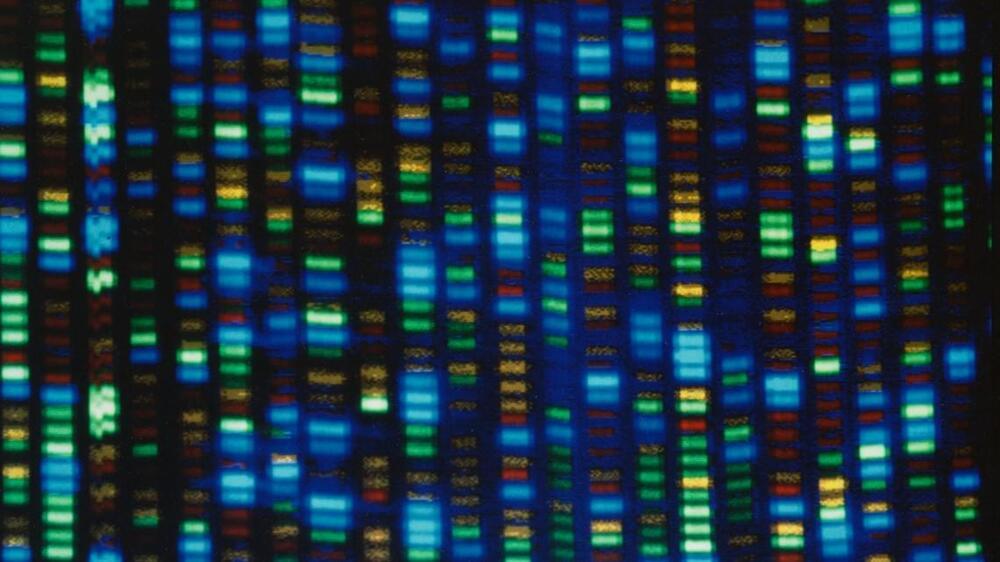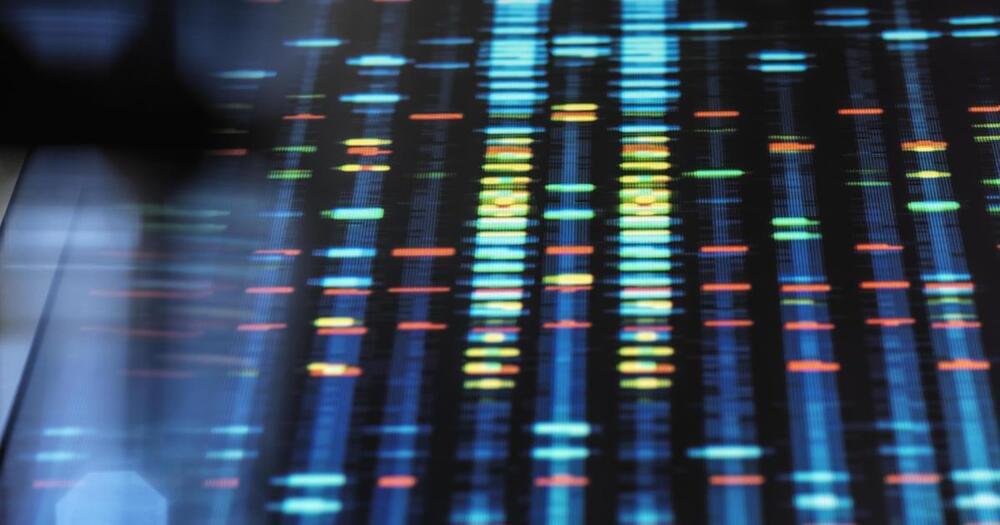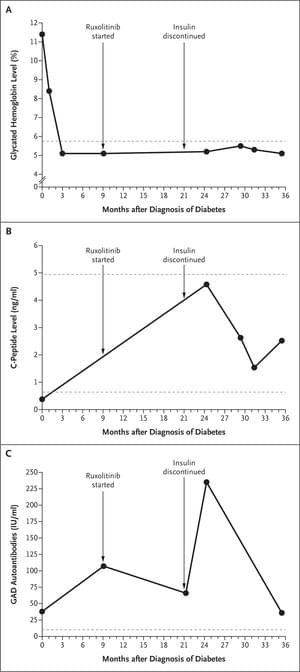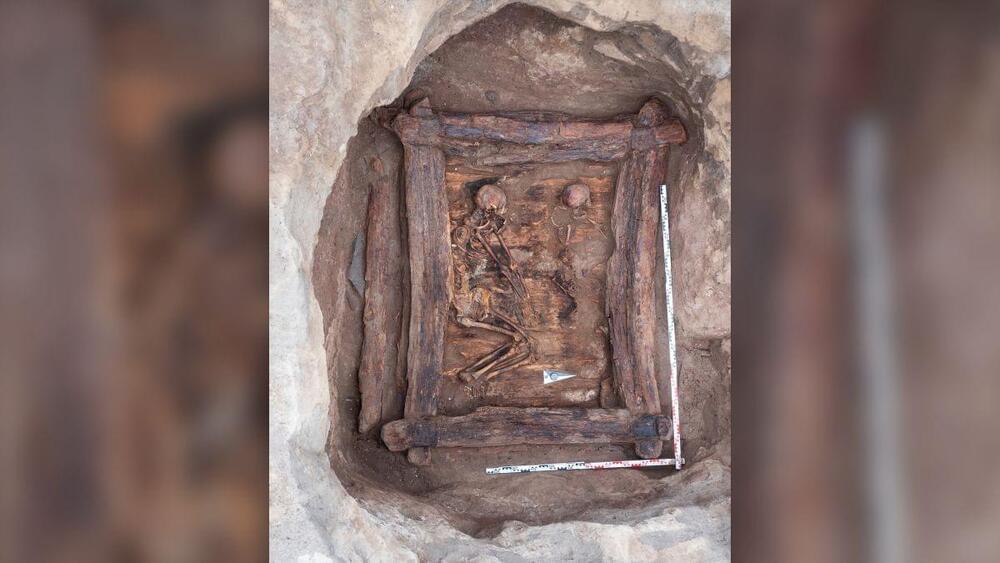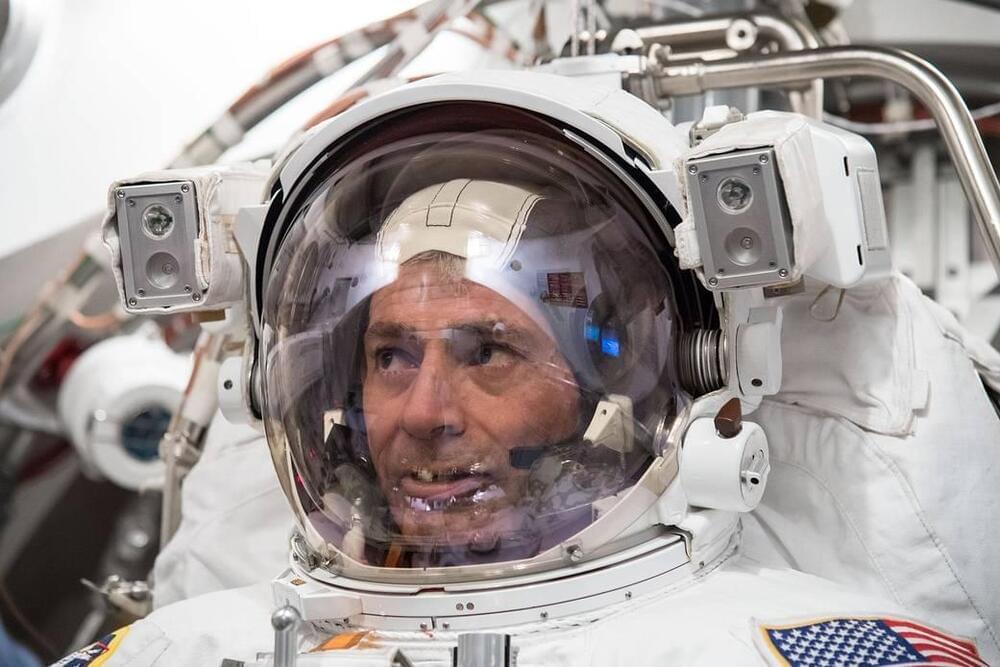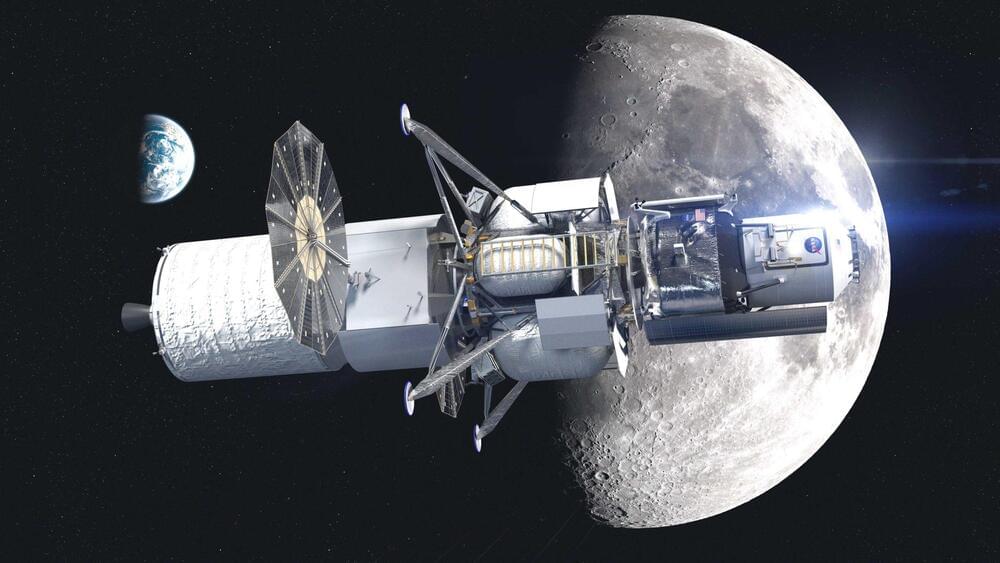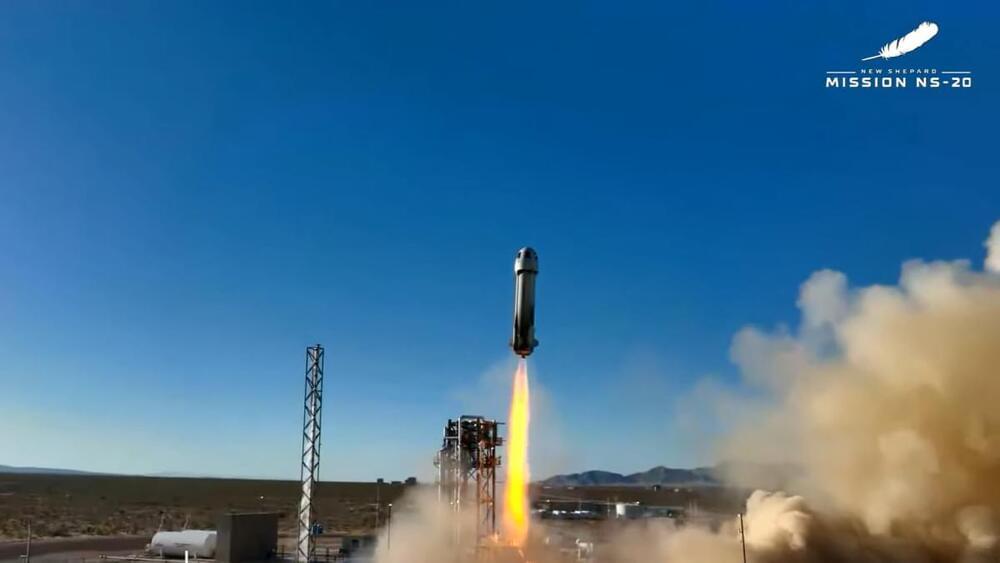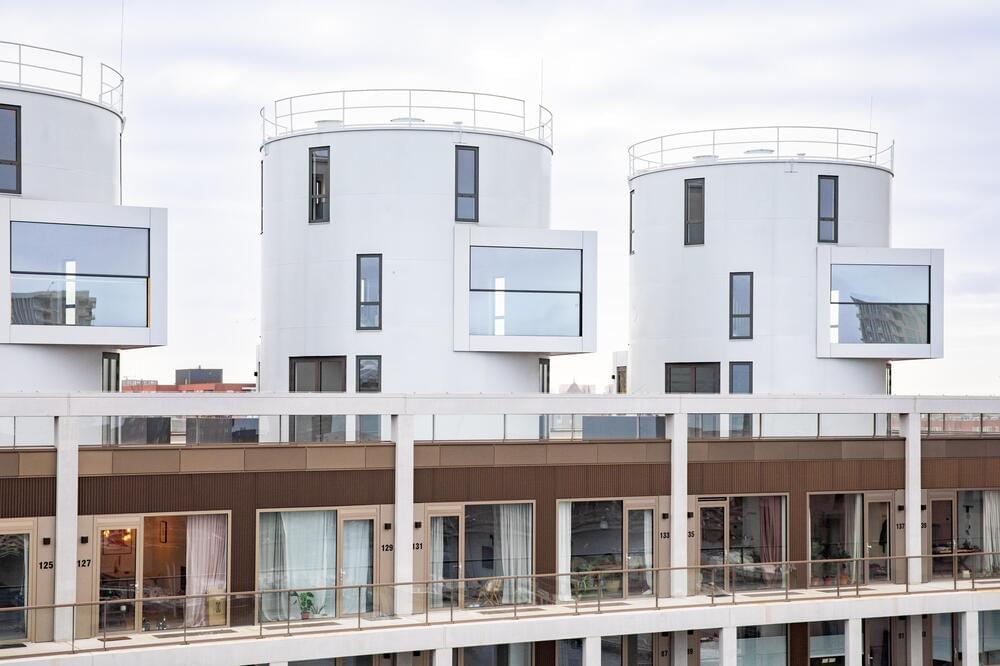Mar 31, 2022
Silicone raspberry used to train harvesting robots
Posted by Saúl Morales Rodriguéz in categories: food, robotics/AI
Raspberries are the ultimate summer fruit. Famous for their eye-catching scarlet color and distinctive structure, they consist of dozens of fleshy drupelets with a sweet yet slightly acidic pulp. But this delicate structure is also their primary weakness, as it leaves them vulnerable to even the slightest scratch or bruise. Farmers know all too well that raspberries are a difficult fruit to harvest—and that’s reflected in their price tag. But what if robots, equipped with advanced actuators and sensors, could lend a helping hand? Engineers at EPFL’s Computational Robot Design & Fabrication (CREATE) lab have set out to tackle this very challenge.
Sky-high labor costs and shortages of workers cause farmers to lose millions of dollars’ worth of produce each year—and the problem is even more acute when it comes to delicate crops such as raspberries. But for now, there’s no viable alternative to harvesting the fruit by hand. “It’s an exciting dilemma for us as robotics engineers,” says Josie Hughes, a professor at CREATE. “The raspberry harvesting season is so short, and the fruit is so valuable, that wasting them simply isn’t an option. What’s more, the cost and logistical challenges of testing different options out in the field are prohibitive. That’s why we decided to run our tests in the lab and develop a replica raspberry for training harvesting robots.”
